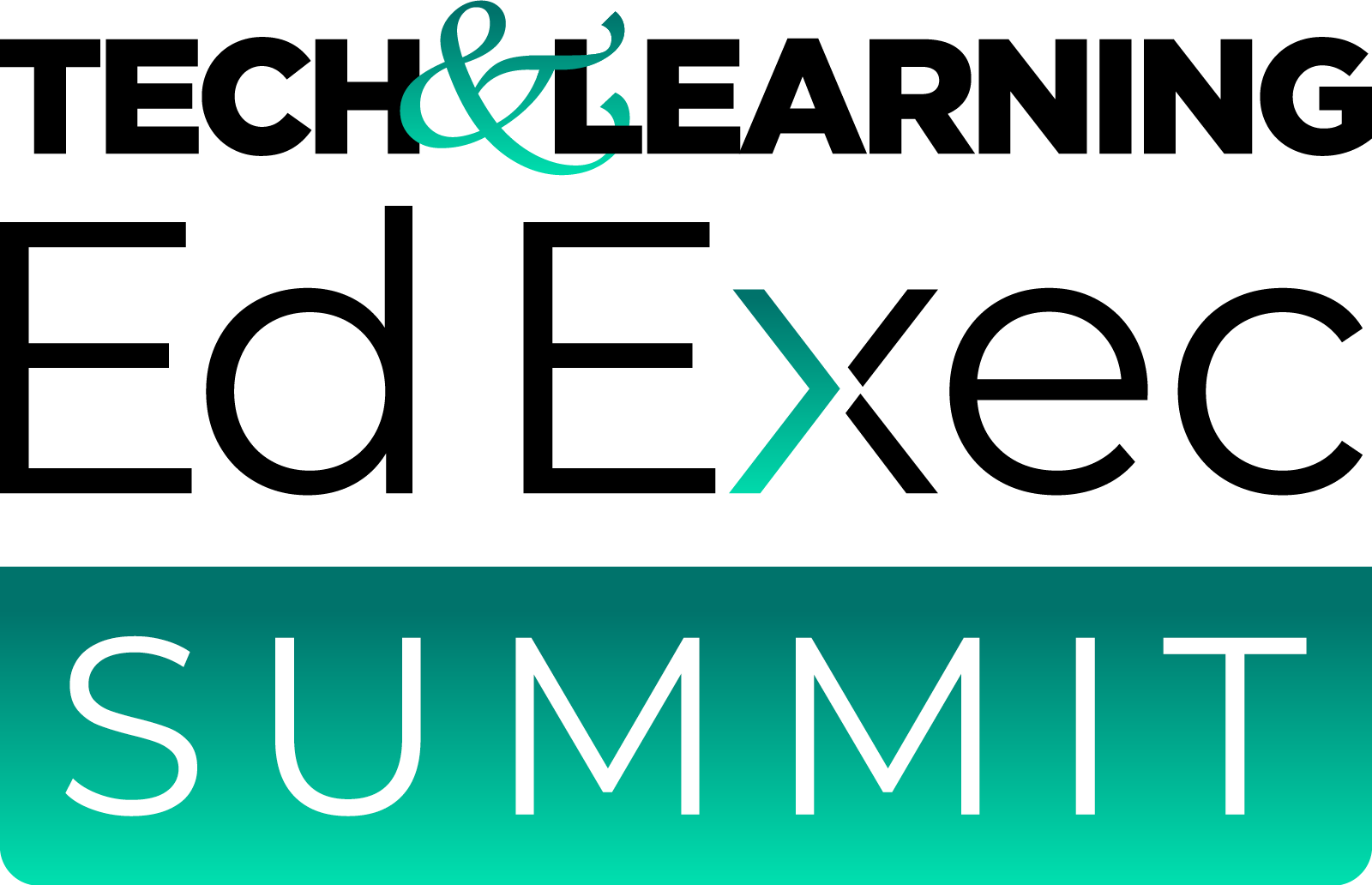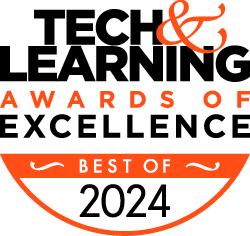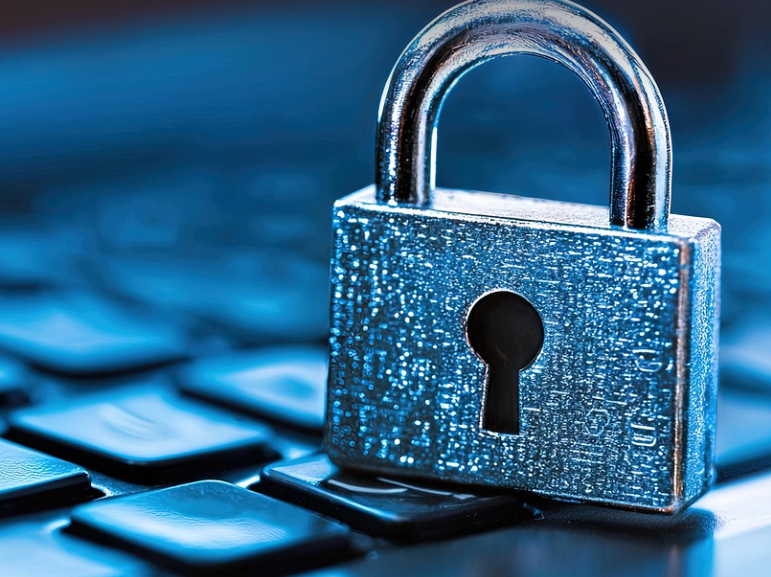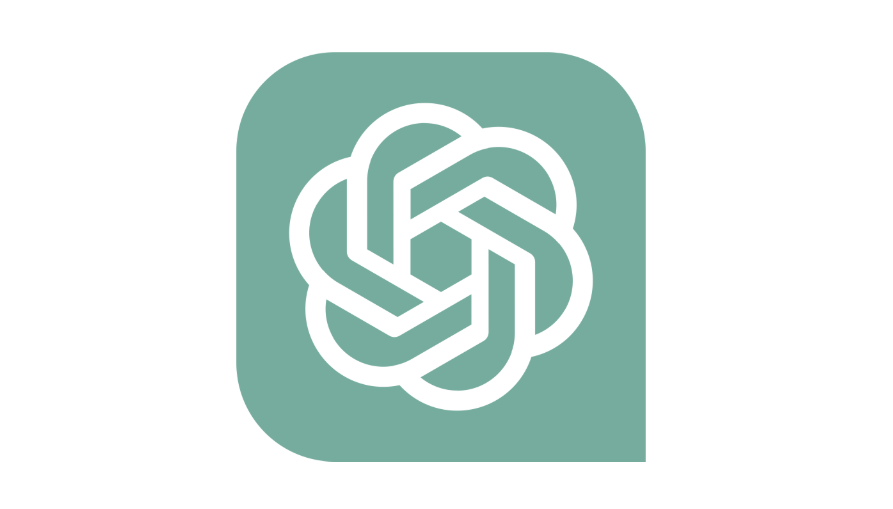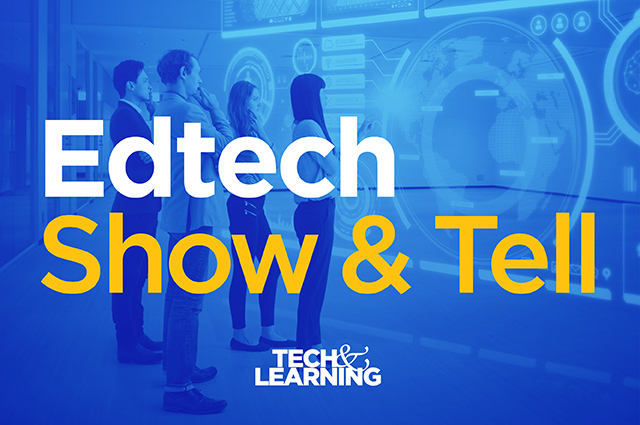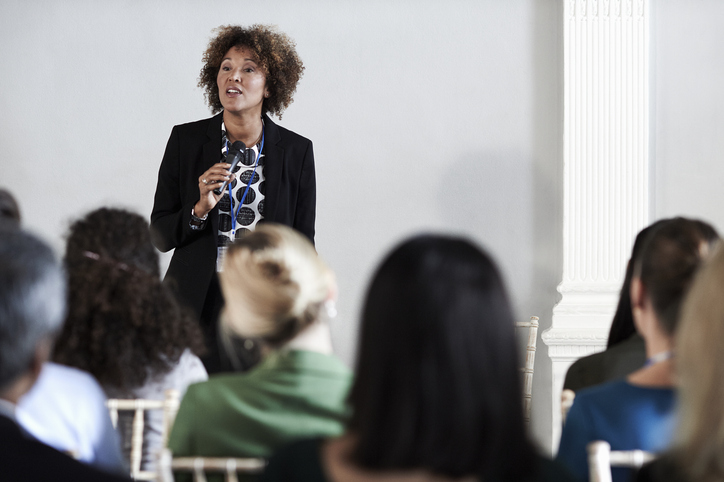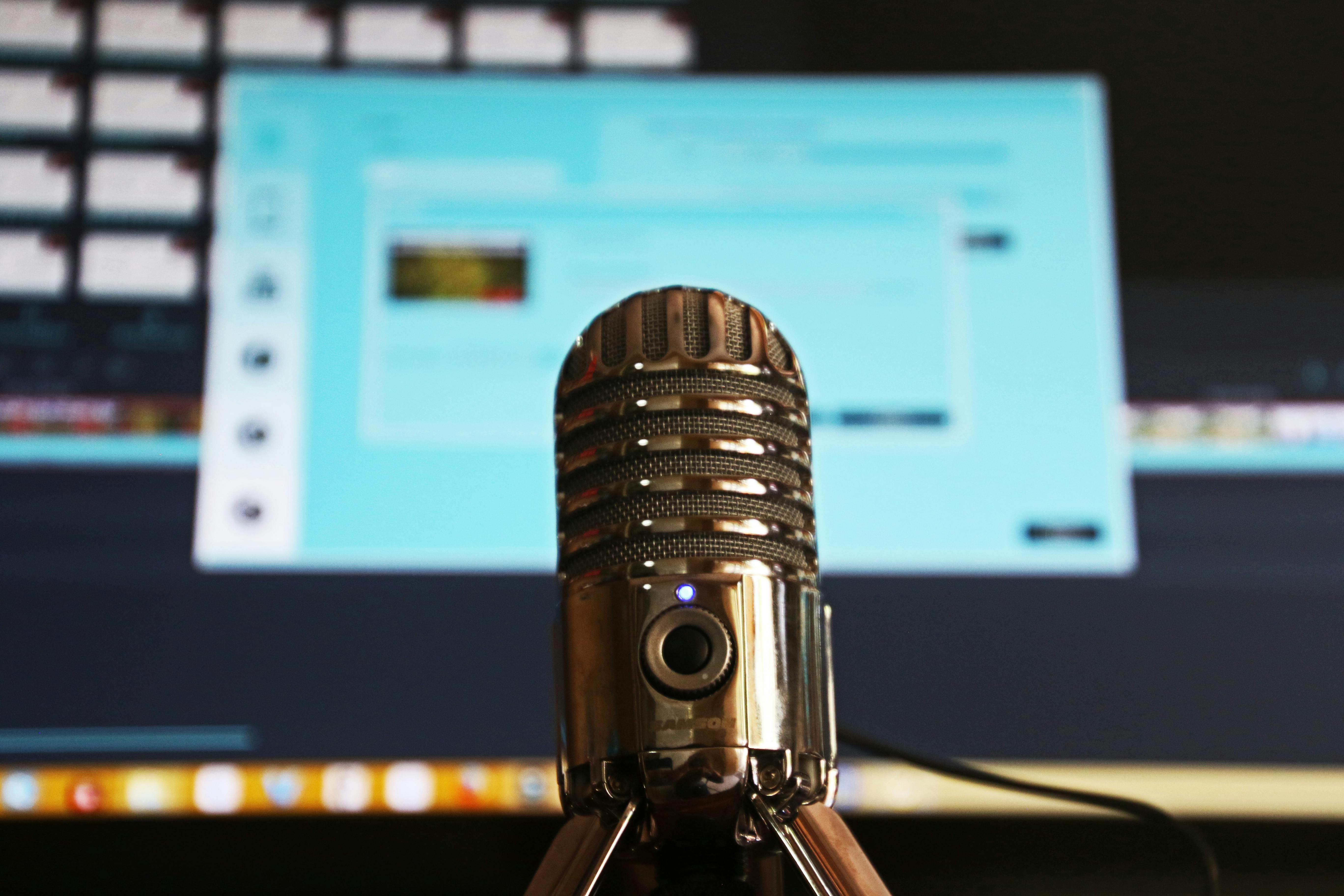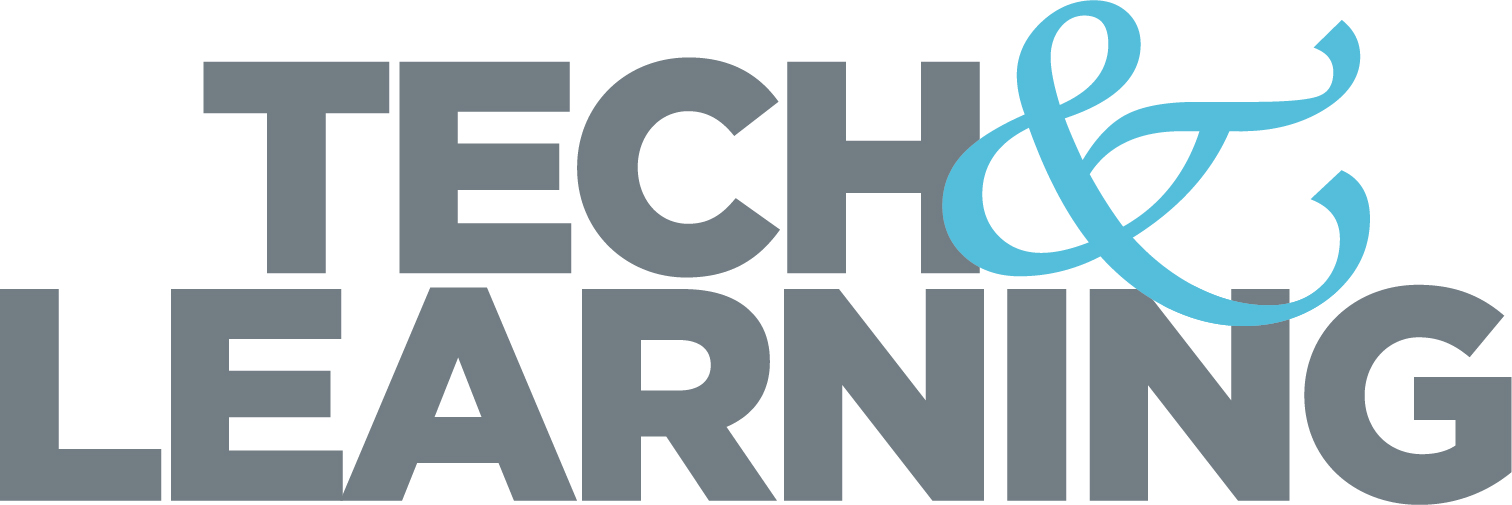Creating Sustainable Learning Programs
Tech & Learning Innovative Leader Awards: Best Example of Sustainable Classrooms
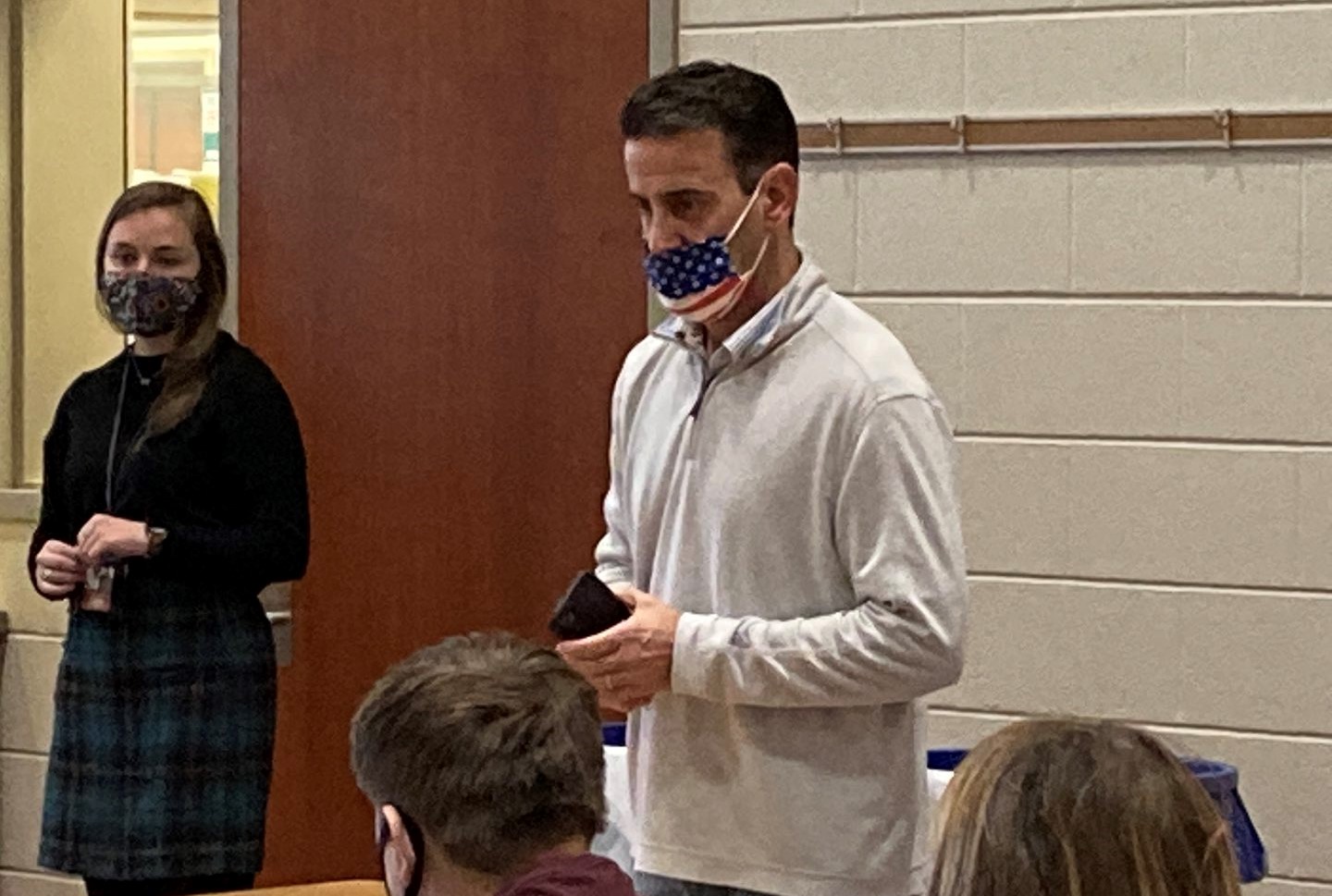
Paul Sanfrancesco, Director of Technology, Owen J. Roberts SD, Pottstown, Pennsylvania
Paul Sanfrancesco’s theme has always been, “How does this help students?” Add in a pandemic, school shutdowns, COVID chaos, and ineffective connectivity throughout the district and you might think that theme would shift to something more akin to, “How do we stay sane through this?” But Sanfrancesco’s unflappable tackling of issues as each arose kept his district on course, while his forethought and careful planning helped teachers and students not only muddle through, but thrive.
“Fortunately, we had set up programs to address implementing a new learning management system and creating a one-to-one device district before the pandemic started,” says Sanfrancesco. “We recognized the future benefit, so it was nonnegotiable that every teacher had to have a page, learn Zoom and Google Meet. When the pandemic hit, we already had staff well-versed in how to run an online classroom.”
Putting their energy into professional development and training paid off when the unthinkable took place.
“These programs already having been rolled out gave our tech department the luxury of pivoting to focus on access at home,” he says. “In our elementary level, we had one-to-one via in-school carts, so we had to get those devices out to everyone who needed one. (The middle and high already brought theirs home.) So it wasn’t as chaotic for us. Once the students had internet, we were good to go.”
Nominate someone for the Tech & Learning Innovative Leader Award here
Going the Distance and Beyond
Implementing remote learning during the pandemic often meant Sanfrancesco driving through the district to get the tech into little hands, personally visiting 200 homes to deliver devices. Then a new challenge arose.
Tech & Learning Newsletter
Tools and ideas to transform education. Sign up below.
“Getting the internet in homes got tricky,” he says. “We had to get different brands of hot spots because some just didn’t work. Kids were using unreliable cell phones to run their internet at times. When it came to running Zoom and playing videos, they simply didn’t have the bandwidth capability. So we worked with Verizon and Comcast to get their paid hotspots open with free access.”
Some parents couldn’t get to school, so Sanfresco and everyone available – including the district superintendent – went to them, even if it meant meeting on front porches. “We also kept our campus wifi open so parents could just pull in the parking lot,” he says. “Even if buildings were closed, kids could go on the playground and fields and access what they needed. We even had outside school sessions— sometimes you just jump in and do it and make it happen.”
Build the Team, Build the Magic
That kind of magic isn’t a solo effort, a fact Sanfrancesco is the first to point out.
“My team was amazing,” he says. “I would say we need to meet at 4 am, 5 am to set this up, they were there, no problem. We offered 24/7 support, where each person in the tech department took a night to be on duty. Sometimes parents are trying to open an app at 10 pm and only then realize they couldn’t figure it out. Some kids left the country, some got stuck in other places in different time zones, some chose to temporarily relocate— we had to keep everyone connected and able to access the learning materials. We wore masks, we wore gloves, we were outside in the heat sweating in PPE—early in the pandemic we just didn’t know. And not one person complained.”
The community and school board were also supportive. “If we hadn’t had the leadership and vision to have all those programs set up before the pandemic, I don’t know what would have happened,” Sanfrancesco says. “It would have been chaos. That tech plan allowed us to us focus on the students and teachers.”
Sustainable Classrooms
Sustainable to Sanfrancesco means smart planning to create a future-proof system poised to support itself. It doesn’t hurt that his program also qualified for the eco-sense of the word, by repairing broken tech.
“We knew we needed dedicated people for Chromebook repair even before the pandemic,” says Francesco. “Suddenly, students were using those Chromebooks for everything at home. We decommissioned a few laptops, took off the software, and then gave it to the kids to break and repair and rebuild. You talk about STEM and STEAM, but then when you see it in play, happening outside the curriculum, it’s a pretty cool event. We trained students to go into the community so they could help their neighbors and siblings. Today we have a team of students handling Canvas and Google and device repair—and they are self-sustaining. The kids have really helped us maintain what we had.”
Sustainable also means making tough calls to ensure a bright future in tech purchasing, especially when receiving extra COVID funding.
“We purchased things that were already in our budget and just sped up the timelines, so we knew we could sustain them in the future,” he says. “A lot of teachers wanted all these free apps and the software companies were throwing at the schools during the pandemic. We made sure they understood ‘you need to use the resources we already have because after the pandemic we can’t fund the free stuff once they go paid’. It was hard when they came to us from home desperately trying anything and everything to keep their students engaged. We would mine things already in our system that could do the same function to keep our plan intact. I needed to know we would be able to support them when we all came back.”
Consequently, the district is experiencing much less learning loss than expected. After feedback from teachers, Sanfrancesco is putting in a Multi-Tiered System of Supports (MTSS) to ensure they are doing everything they can to keep students where they need to be.
Big Plans for the Future
“What am I excited about for the future? Esports,” says Sanfrancesco. “We wanted to start right before the pandemic. With the kids online and doing a lot of gaming when they were all home, we started the program. We had over 140 high school students come out to join the club— an overwhelming turnout. We are going to start with Rocket League and aim for major competitions. The kids can’t wait. We have esports studios within our district and it’s pretty cool that we are now entering that arena in a competitive way. It’s a neat thing to see, we’re talking education again, we’re getting excited about learning. The students are excited. That’s pretty awesome.”
Sascha has nearly two decades of experience as a freelance journalist writing for national magazines, including The Washington Post, LA Times, Christian Science Monitor, National Geographic Traveler, and others. She writes about education, travel and culinary topics.

